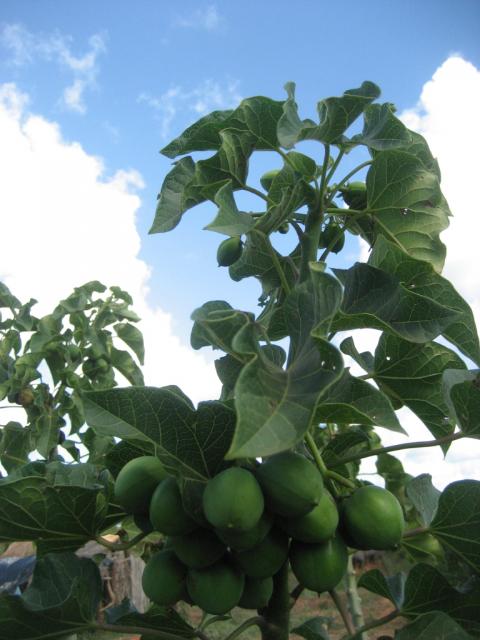Overview
-
Sectors Automotive
-
Posted Jobs 0
-
Viewed 26
Company Description
Jatropha A Feasible Alternative Renewable Energy
Constantly the biodiesel market is searching for some option to produce sustainable energy. Biodiesel prepared from canola, sunflower and jatropha can change or be integrated with standard diesel. During first half of 2000’s jatropha biofuel made the headings as an incredibly popular and promising alternative. It is prepared from jatropha curcas, a plant species native to Central America that can be grown on wasteland.

Jatropha Curcas is a non edible plant that grows in the dry areas. The plant grows really rapidly and it can yield seeds for about 50 years. The oil received from its seeds can be used as a biofuel. This can be combined with petroleum diesel. Previously it has been used two times with algae mix to fuel test flight of business airlines.

Another positive technique of jatorpha seeds is that they have 37% oil content and they can be burned as a fuel without fine-tuning them. It is also utilized for medical function. Supporters of jatropha biodiesel state that the flames of jatropha oil are smoke totally free and they are effectively checked for easy diesel engines.
Jatropha biodiesel as Renewable Energy Investment has actually attracted the interest of numerous companies, which have evaluated it for automotive use. Jatropha biodiesel has actually been road evaluated by Mercedes and three of the cars and trucks have actually covered 18,600 miles by utilizing the jatropha plant biodiesel.
Since it is due to the fact that of some downsides, the jatropha biodiesel have actually ruled out as a wonderful renewable energy. The biggest issue is that no one knows that exactly what the efficiency rate of the plant is. Secondly they don’t know how big scale growing may impact the soil quality and the environment as a whole. The plant needs 5 times more water per energy than corn and sugarcane. This raises another problem. On the other hand it is to be noted that jatropha can grow on tropical climates with yearly rainfall of about 1000 to 1500 mm. A thing to be noted is that jatropha needs appropriate irrigation in the very first year of its plantation which lasts for decades.
Recent study says that it is real that jatropha can grow on degraded land with little water and poor nutrition. But there is no proof for the yield to be high. This may be proportional to the quality of the soil. In such a case it might require high quality of land and might require the exact same quagmire that is dealt with by most biofuel types.
Jatropha has one main drawback. The seeds and leaves of jatropha are poisonous to people and animals. This made the Australian federal government to ban the plant in 2006. The federal government declared the plant as invasive species, and too dangerous for western Australian farming and the environment here (DAFWQ 2006).
While jatropha has promoting budding, there are variety of research difficulties stay. The significance of detoxification needs to be studied due to the fact that of the toxicity of the plant. Along side a methodical research study of the oil yield have to be undertaken, this is extremely crucial since of high yield of jatropha would probably needed before jatropha can be contributed substantially to the world. Lastly it is likewise really crucial to study about the jatropha species that can endure in more temperature climate, as jatropha is very much limited in the tropical climates.


